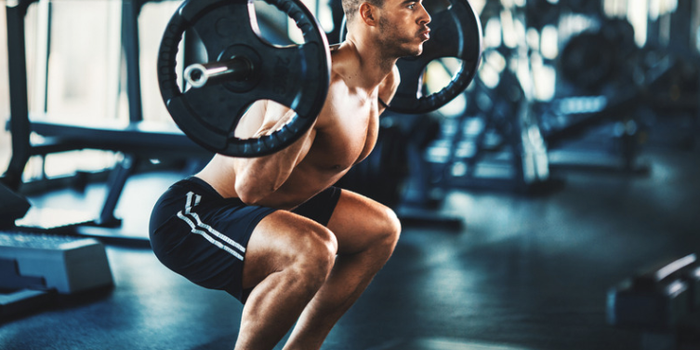Come leg day, there’s nothing more frustrating than seeing the squat rack being taken up by someone else
For those new to squats, a similar frustration stems from wondering exactly how low to go. So what do the studies say?
A deep squat is generally the most beneficial, in terms of strength and muscle size. But don’t write off half squats. Or take sly pictures of people who do use them.
Although the squat is a great compound, multi-joint exercise, research shows you’ll need to specifically target smaller areas with specific exercises to get the best results.
How do you define a full or half squat?
One new study took 20 men and followed their progress for 10 weeks. They were split into two groups:
- A full, deep squat group
- Half squat group
For a half squat, we’re talking low enough for the legs to form a 90 degree right angle, where they’re parallel to the floor. As for the full squat, you may not need to go completely ‘ass to grass’, but your backside needs to sit deeper than parallel.
Here, scientists classed a deep squat as the legs going deep enough to form a 140 degree angle, but don’t get too hung up on the figure. And for God’s sake don’t bring a protractor to the weights room.
How low should you squat?
Those involved in the study performed squats twice a week, for the full 10-week period. Squat stance was the same as shoulder-width. All workouts were monitored by a team of exercise scientists to ensure no porky pies were being recorded.
After the 10 week period was up, scientists made the following conclusions:
- The full, deep squat was better for increasing strength (measured by one rep max) and size in the glutes
- In terms of the quads, both half and full squats boosted muscle size considerably. There wasn’t much difference between the two depths
- Neither lift was particularly good at stimulating hamstring size. Experts recommend training your hammies with a specific exercise, such as the Romanian deadlift or glute ham raise (GHR)





















































